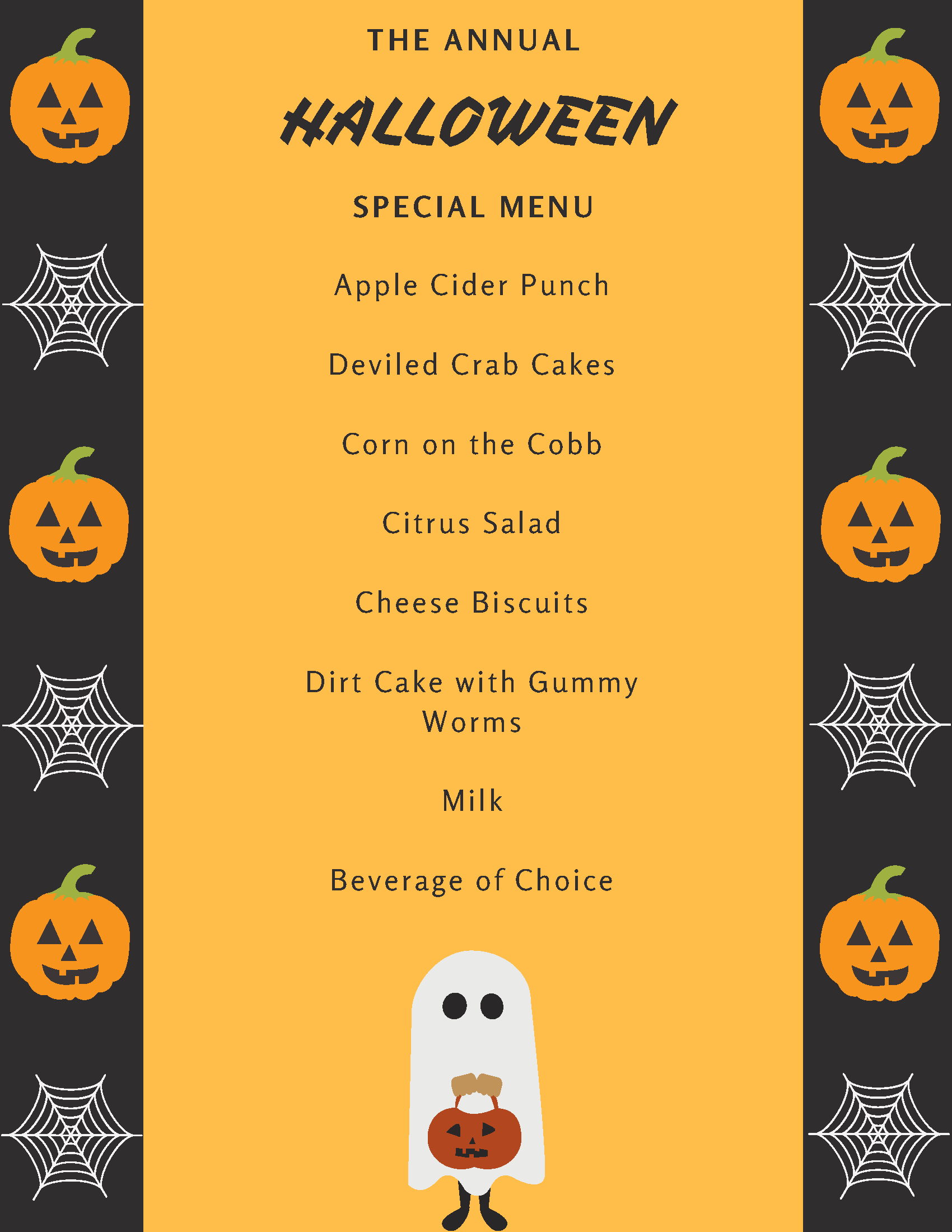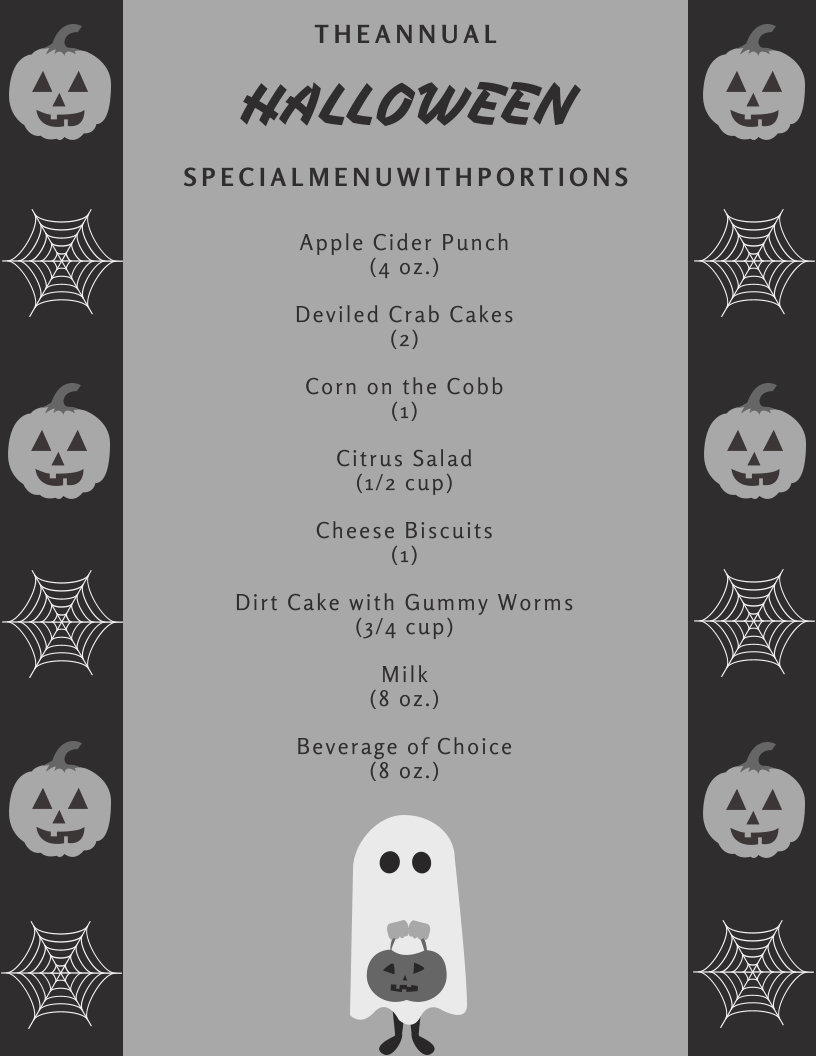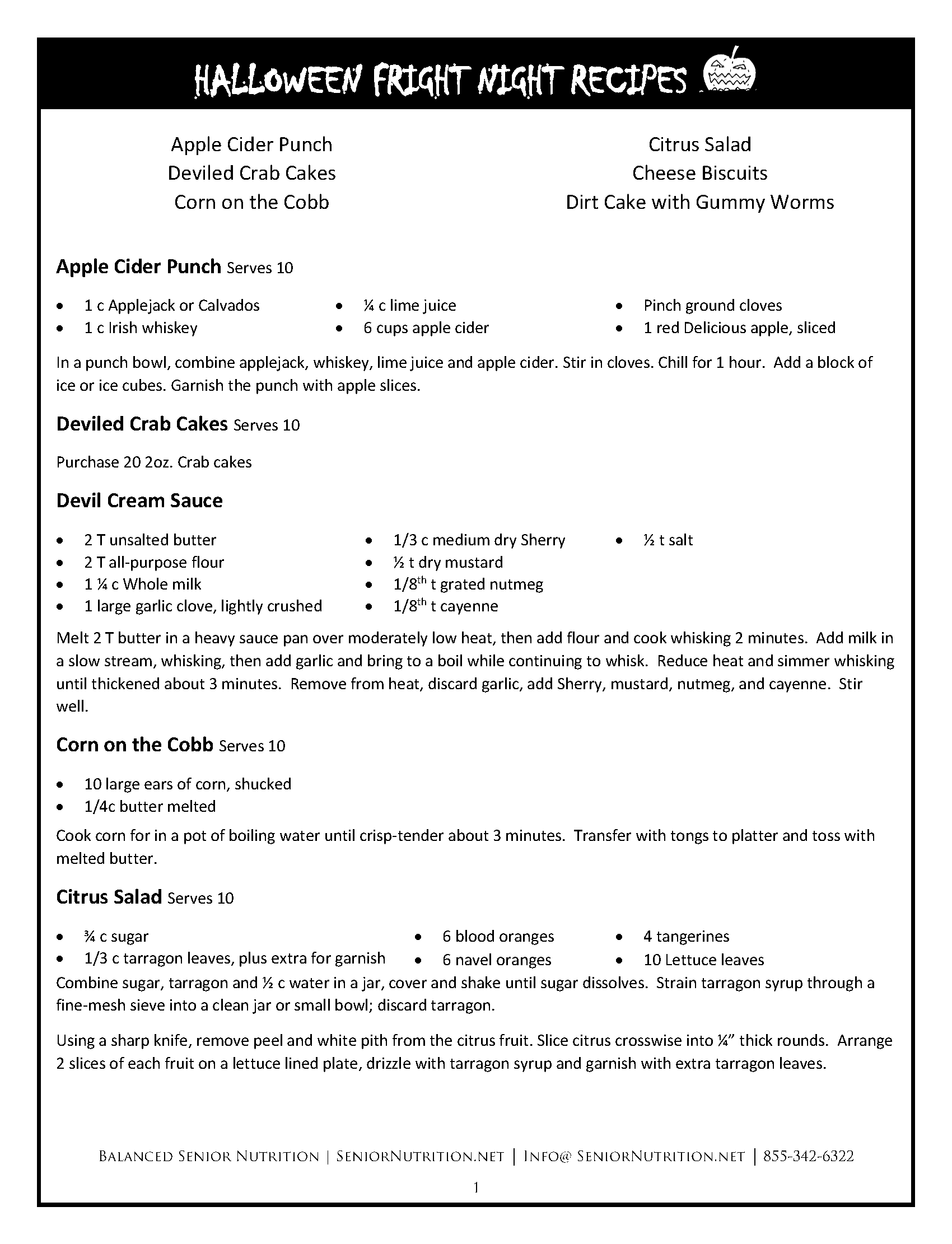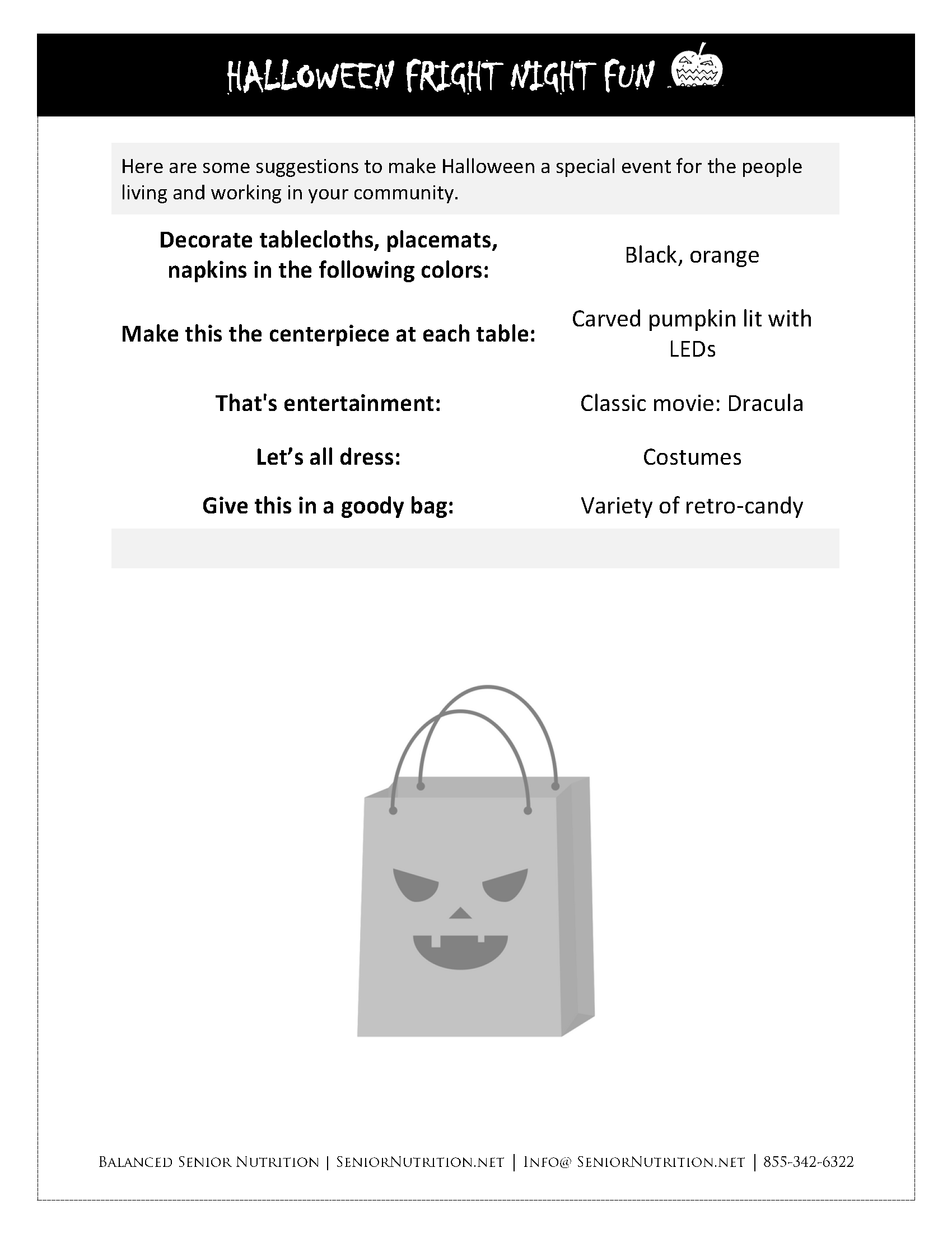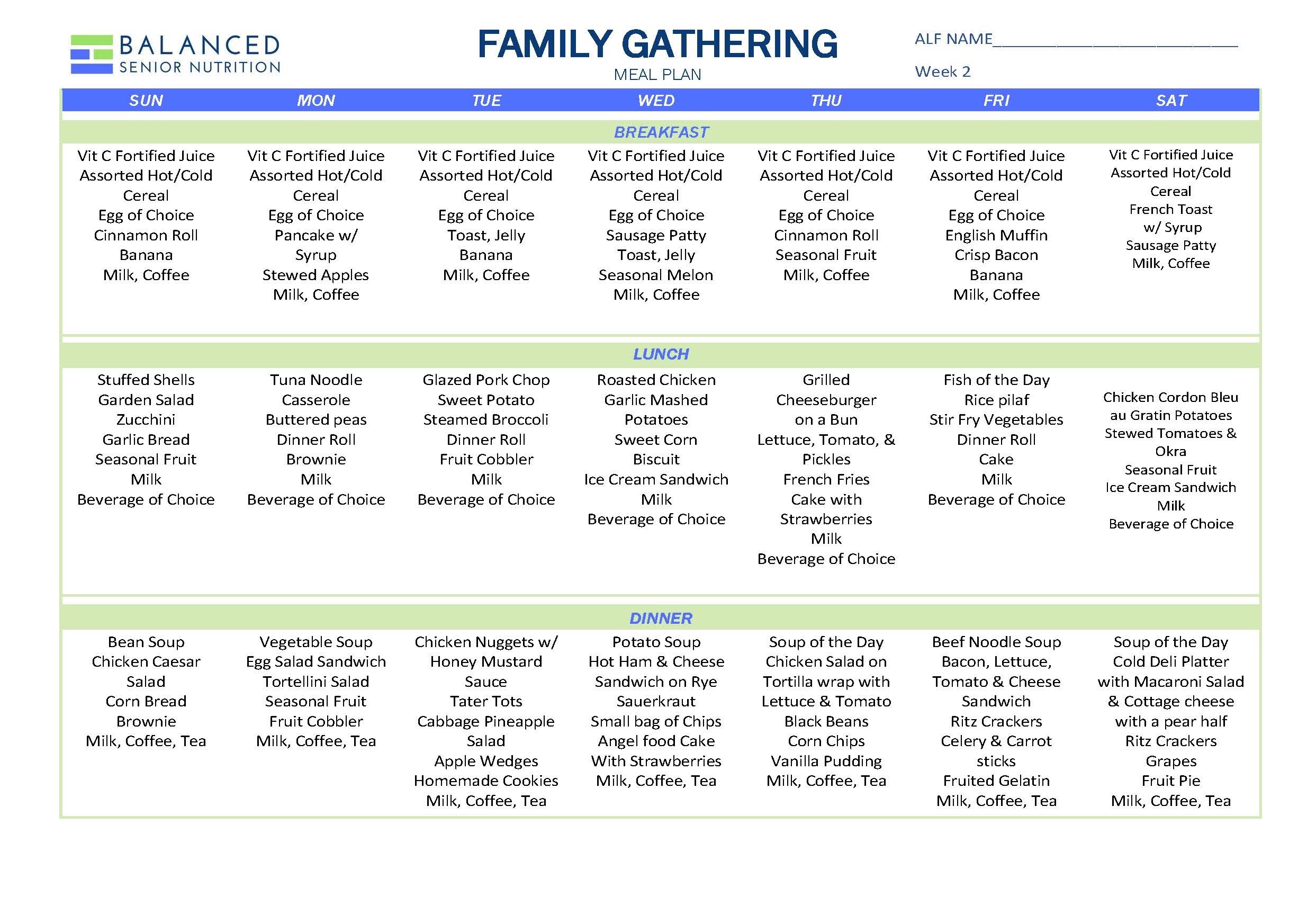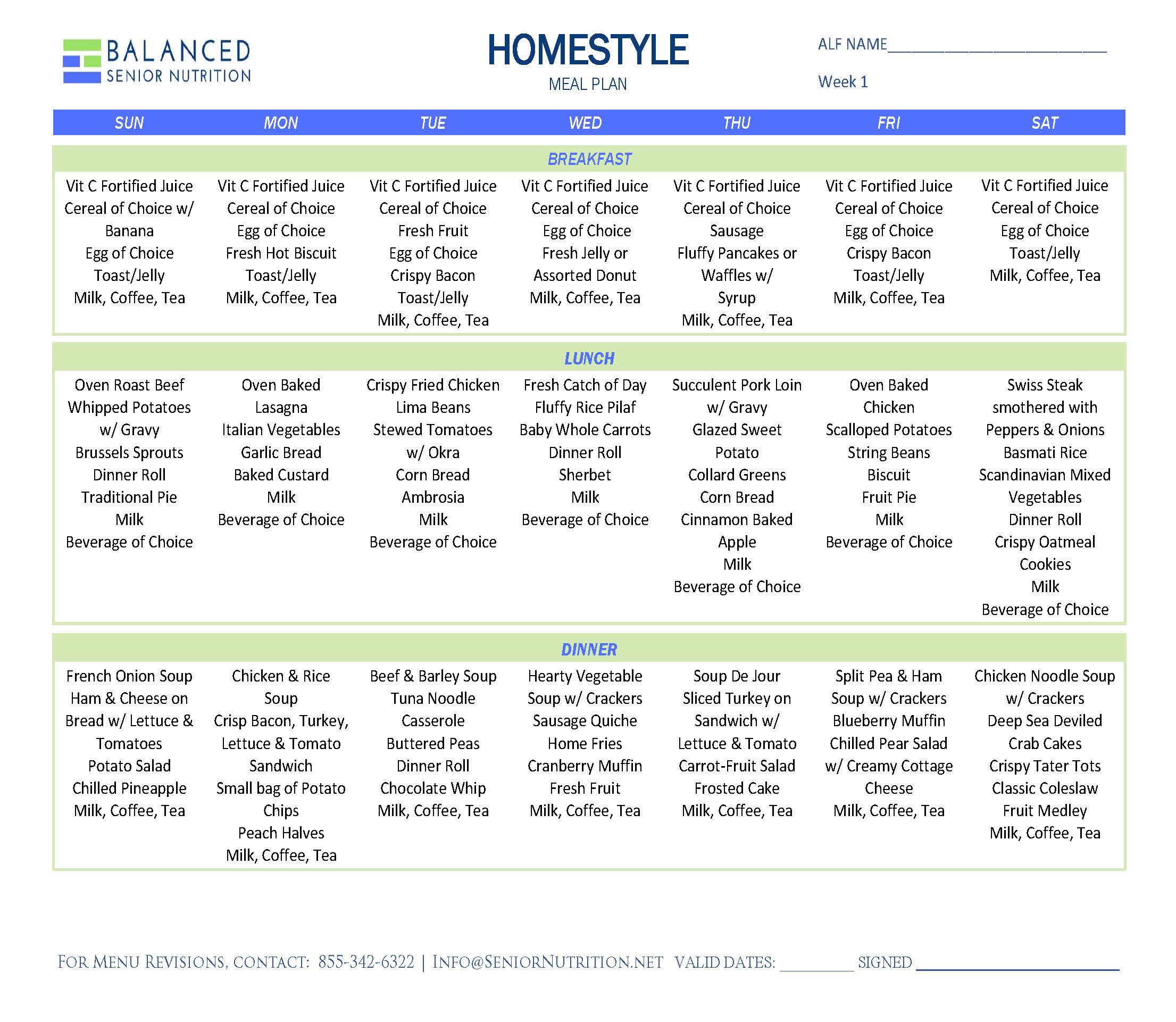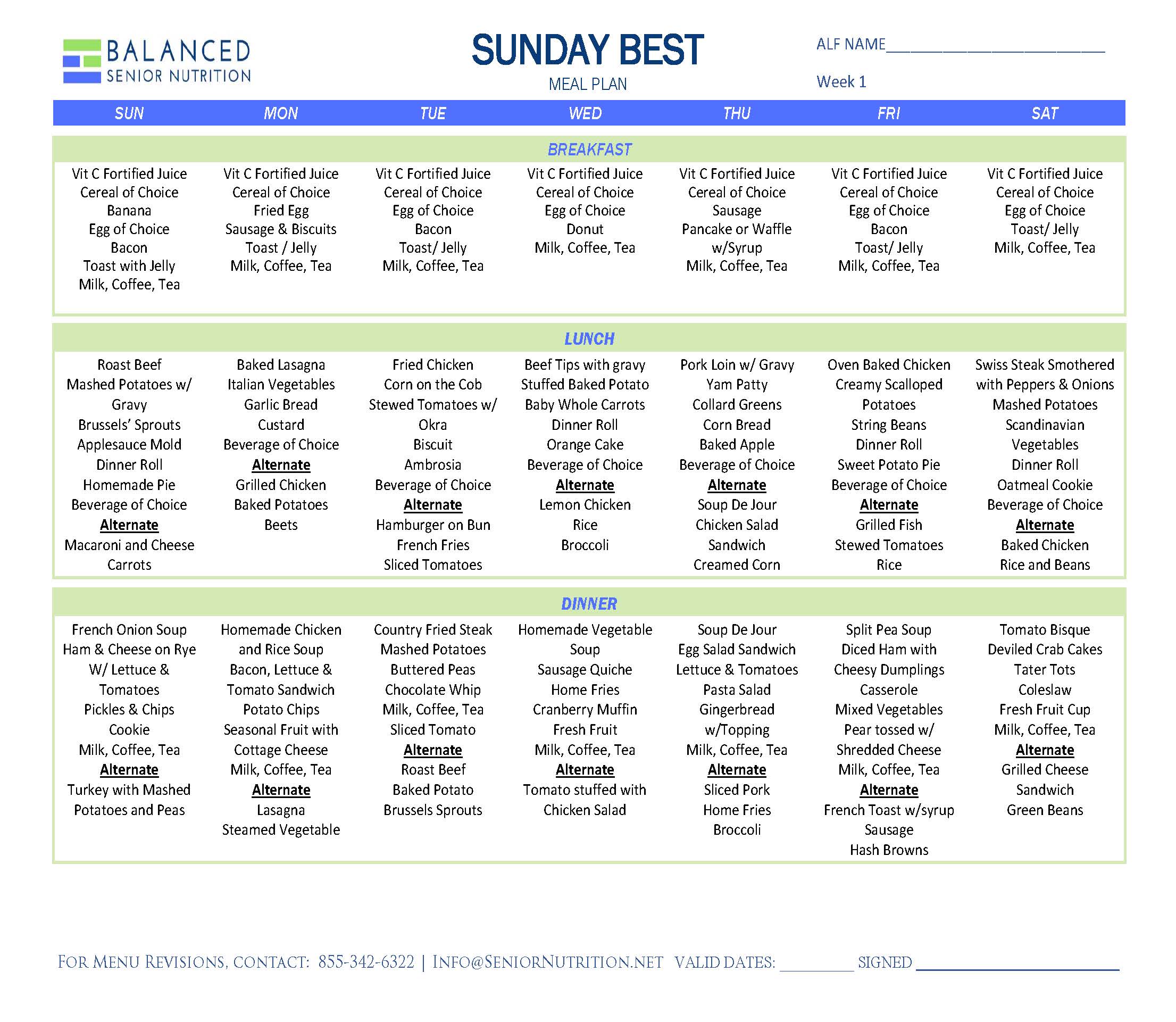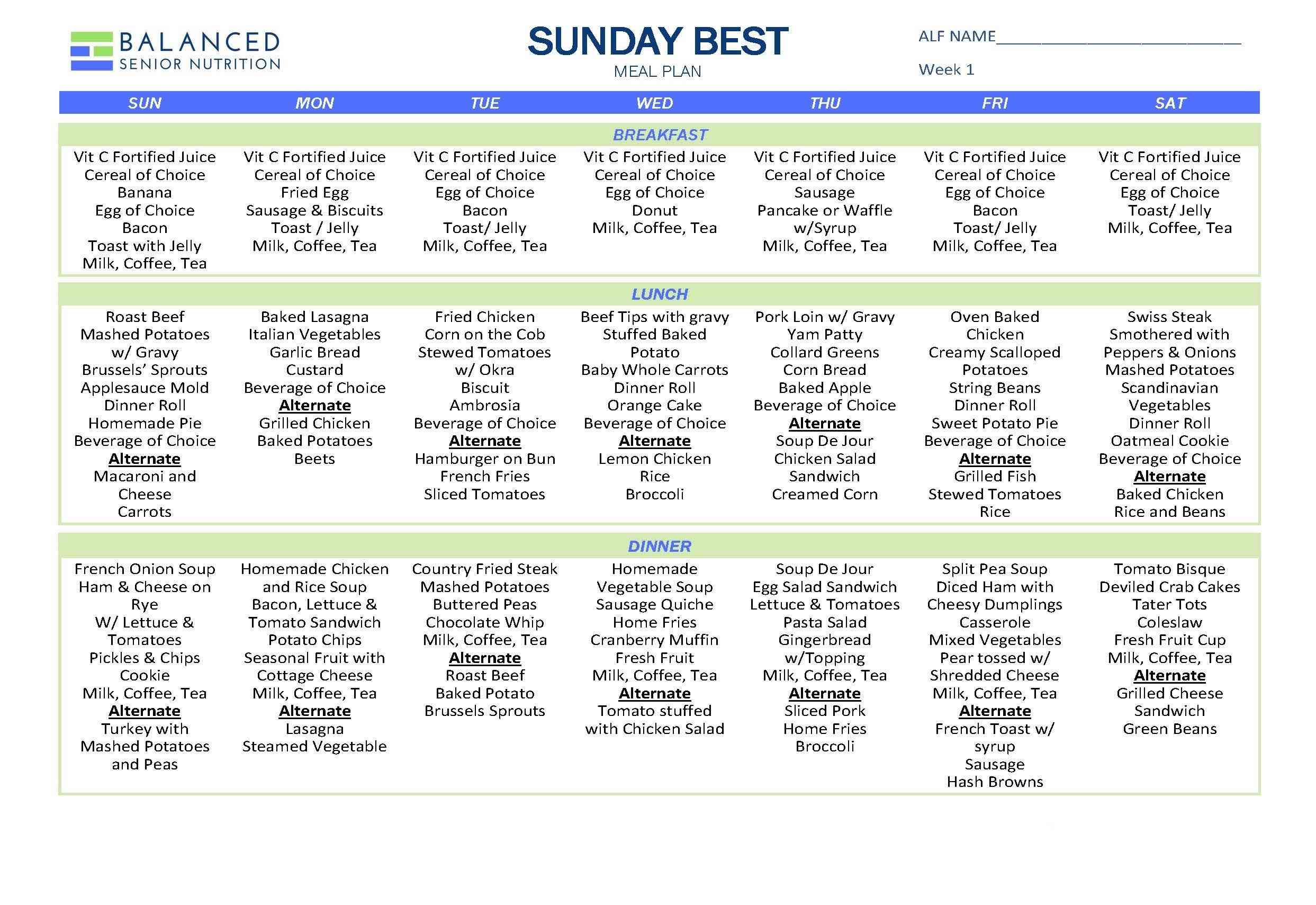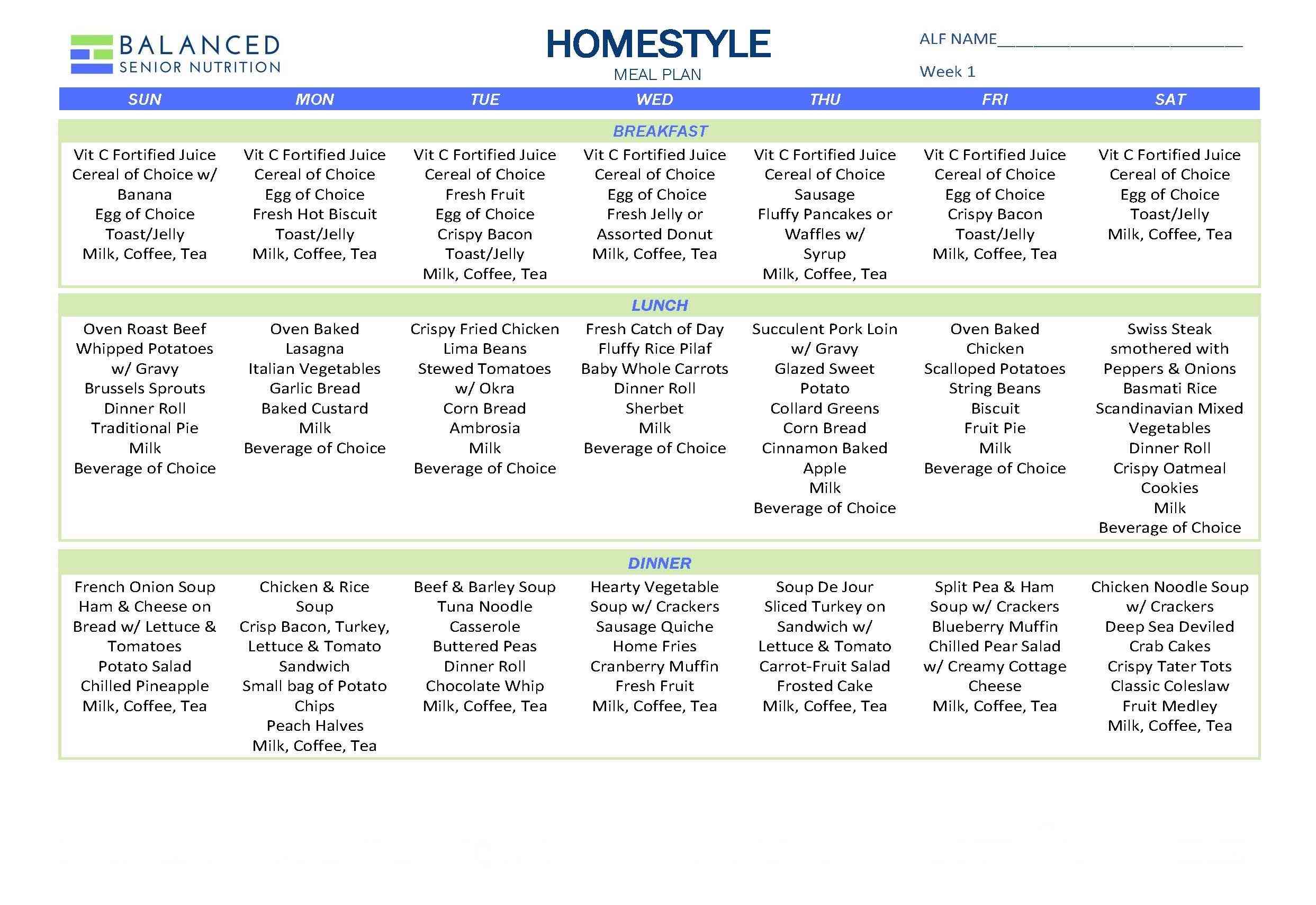 If you’ve made it here, you just took the Food Safety Quiz. Remember, this short quiz gives you a quick snapshot on some of the more common food safety issues you may encounter in long term care communities.
If you’ve made it here, you just took the Food Safety Quiz. Remember, this short quiz gives you a quick snapshot on some of the more common food safety issues you may encounter in long term care communities.
Let’s see how you did.
- 1. Washing hands for 10 seconds
- 2. Changing gloves each time you wash your hands
- 3. Using a tissue when coughing or sneezing- it is not necessary to wash your hands
The correct answer is #2. Wash hands thoroughly before and after wearing or changing gloves. Bacteria will build up under gloves so wash your hands.
- 1. Warm temperatures and dry conditions
- 2. Warm temperatures and moisture
- 3. Cold temperatures and moisture
The correct answer is #2. Bacteria need warm temperatures and moisture to multiply in food. Bacteria grows best between 41 degrees Fahrenheit and 140 degrees Fahrenheit. This is known as the temperature danger zone. Time and temperature abuse are the leading causes of foodborne illness. Identify the environments that encourage bacteria growth in these foods and proper food handling techniques to ensure your foods are safe.
- 1. Thaw meat at room temperature
- 2. To keep foods cold as possible, always prepare salads close to serving time
- 3. Refrigerate all leftovers of hot foods in shallow pans until chilled thoroughly
The correct answer is #3. It is a myth that hot food will spoil if refrigerated before cooling to room temperature. Leaving food out at room temperature encourages bacteria to thrive. There are several ways to rapidly cool potentially hazardous food. Transferring hot foods to shallow pans with a product depth of four inches or less and then refrigerating is just one. Other methods of cooling are:
- Stir soups, sauces, gravies and chilies while the container is in an ice water bath. The ice water depth should be equal to or greater than the food depth.
- Cut solid foods, such as roasts of meat, into portions of six pounds or less after cooking and prior to cooling.
- Using special refrigerators known as “rapid chill units,” specifically designed to cool foods much faster than standard refrigerators. These units are especially useful when large quantities of foods are prepared in advance.
- 1. To 41 degrees within 4 hours
- 2. To 70 degrees within the first 2 hours
- 3. To 41 degrees within 2 hours
The correct answer is #2. Potentially hazardous foods requiring refrigeration must be cooled by an adequate method so that every part of the product is reduced from 120 degrees Fahrenheit to 70 degrees Fahrenheit within two hours, and from 70 degrees Fahrenheit to 45 degrees Fahrenheit or below within four additional hours.
- 1. A dirty refrigerator
- 2. The ideal temperature for bacterial growth
- 3. Dirty fingernails
The correct answer is #2. Bacteria need warm temperatures and moisture to multiply in food. Bacteria grows best between 41 degrees Fahrenheit and 140 degrees Fahrenheit; this is known as the Temperature Danger Zone. Potentially hazardous foods should be kept out of this danger zone, or they should be in it for no more than two hours to prevent the growth of harmful bacteria.

So, how did you do? If you missed any question, you failed the test because food safety isn’t hit or miss.
Maybe it’s time refresh your knowledge on current food safety information and get 2 CEU’s at the same time.
Has Your Community Received a Recent Citation for Nutrition and Food Safety Violations? Read this.
The Inside Scoop on Nutrition and Food Safety is an eBook chocked full of helpful advice, tools and tips to make sure your community knows what it takes to keep their residents as safe as possible from foodborne diseases. This concise, information-rich resource uses fictionalized characters in a long-term-care community to teach awareness about the potential harmful effects of food borne illness and what you can do to promote good nutrition in older adults.
